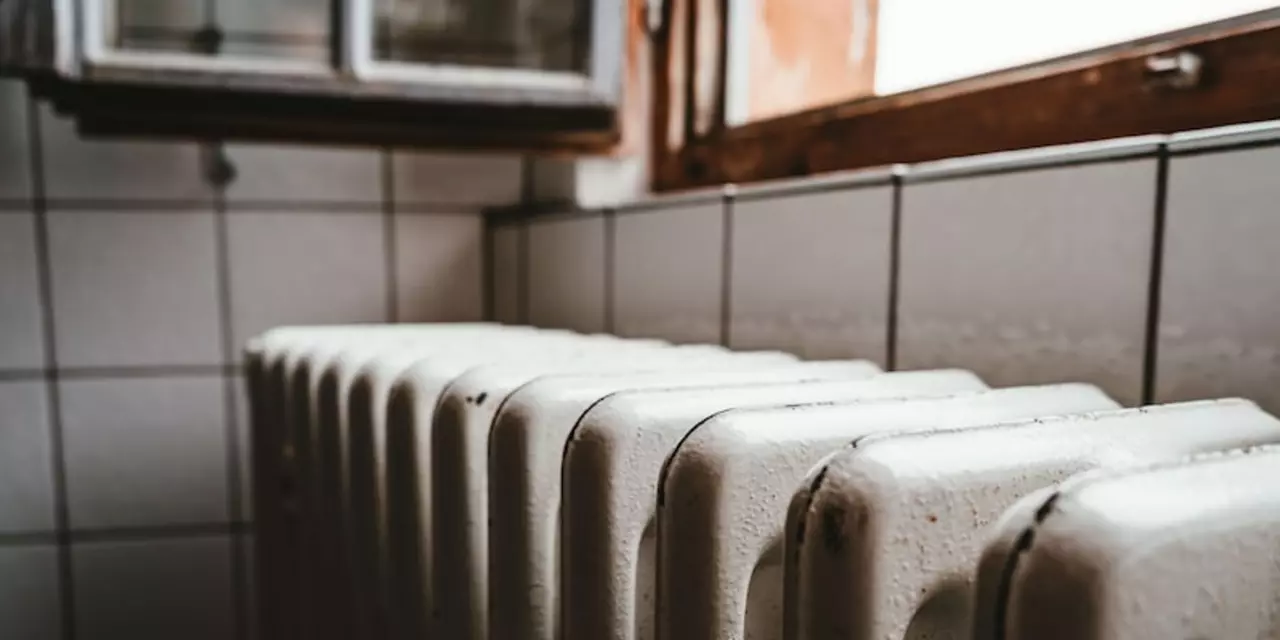Radiators for Formula 1 Display Cars – A Practical Guide
If you collect Formula 1 display cars, you’ve probably noticed the shiny metal behind the engine bay. That piece is the radiator, and it does more than look cool. It’s the heart of the cooling system on a real F1 car, and replica makers try to copy that detail because it adds realism.
Why Radiators Matter in a Replica
A real F1 radiator moves huge amounts of heat away from the engine in seconds. When you buy a display car, the radiator is usually a non‑functional shell. Even though it doesn’t need to keep an engine cool, it tells the story of the original machine. Collectors value that authenticity – the correct shape, the correct vents, the right color finish. A well‑made radiator makes the whole model feel true to life.
How Radiators Are Made for Display Cars
Most manufacturers use die‑cast metal or high‑grade plastic to reproduce the radiator core. They press the vent patterns into the material, then paint it to match the real‑world finish. Some high‑end replicas even add tiny copper or brass tubes just for looks. The goal is to keep weight low while still looking like the metal grid you’d see on a race‑day car.
Because the radiator isn’t functional, you don’t have to worry about coolant leaks or pressure loss. However, you should still treat it gently. Dust can settle in the vents and make the piece look dull over time. A soft brush or a gentle puff of air will keep it clean without scratching the paint.
If you want extra authenticity, consider adding a clear acrylic plaque with the original team’s branding. Many collectors use these small accessories to mimic the way real teams label their parts. It’s a cheap way to boost the visual impact of the radiator and the whole car.
When you place your display car on a shelf, think about lighting. A focused beam from the side can highlight the radiator’s grill, making it pop. Avoid harsh overhead lights that flatten the details. A little angled LED strip does the trick and adds a showroom feel.
Another tip: keep the radiator away from direct sunlight. UV rays can fade the paint, especially on plastic cores. If you have a window‑side display, use UV‑filtering glass or a thin curtain to protect the model.
People often wonder if they can replace a missing radiator on a replica. The answer is yes, but you’ll need a part that matches the original dimensions. Check the manufacturer’s website for spare parts or watch out for third‑party sellers who specialize in F1 model components. The key is to match the vent pattern and color exactly.
Finally, remember that the radiator is just one piece of the puzzle. Pair it with other authentic details – like correct tires, decals, and driver suit – and you’ll have a display that feels like a real garage. The little touches make the difference between a generic car and a true collector’s item.
So next time you admire your Formula 1 display car, take a moment to appreciate the radiator. It’s more than a metal screen; it’s a nod to the engineering brilliance of the sport. Keep it clean, protect it from UV, and showcase it with good lighting – and your collection will look as impressive as a pit lane on race day.
 16 February 2023
16 February 2023
Why do some cars have multiple radiators?
Some cars have multiple radiators to improve their performance and keep the engine running smoothly. This is due to the fact that more radiators provide more cooling capacity and more efficient engine cooling. The additional radiators often have a dedicated fan and air intake system to ensure optimal airflow and efficiency. Additionally, having multiple radiators allows for more flexibility in the engine design, as the radiators can be used for different purposes. Finally, multiple radiators also help to reduce the risk of overheating, as they provide a backup system in case one radiator fails.





0